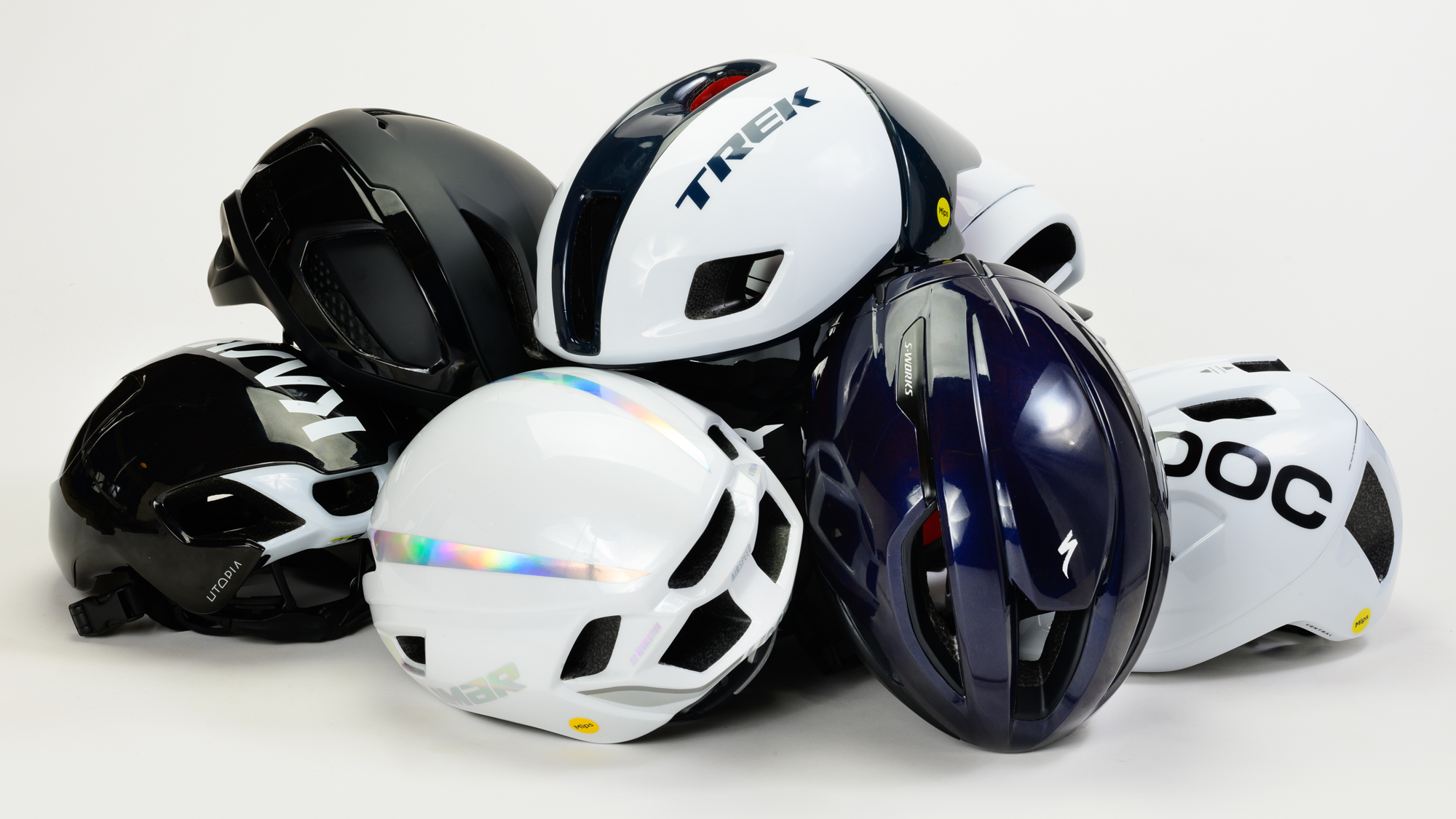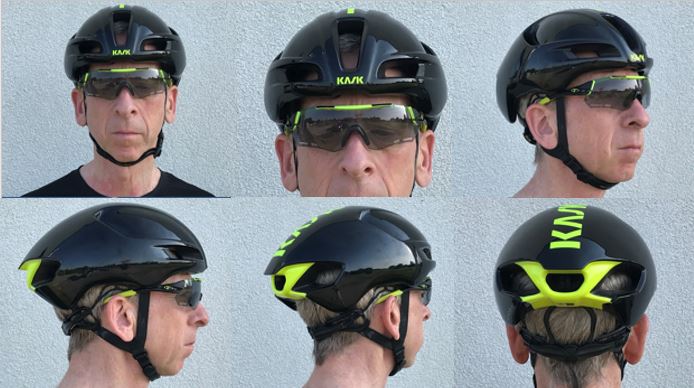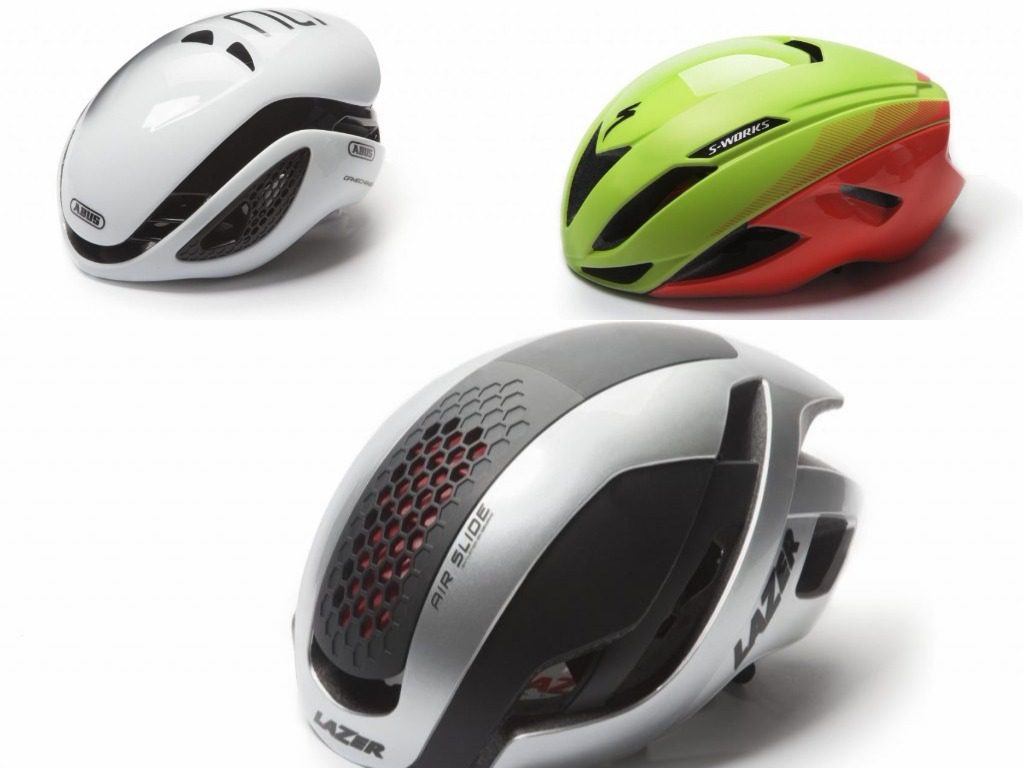The Significance of Aero Road Bike Helmets
Aero road bike helmets have gained considerable attention in the cycling world due to their potential to improve speed, aerodynamics, and rider safety. These helmets are specifically designed to minimize air resistance, allowing cyclists to maintain their momentum more efficiently. As a result, aero road bike helmets are increasingly popular among both amateur and professional cyclists seeking a competitive edge.
Understanding Aero Road Bike Helmet Features
Aero road bike helmets are designed with several key features that distinguish them from traditional road bike helmets. These unique attributes focus on enhancing aerodynamics, ventilation, lightweight materials, and adjustable fit systems. By optimizing these elements, aero road bike helmets provide cyclists with improved speed, comfort, and safety.
Aerodynamic design is a primary feature of aero road bike helmets. These helmets minimize air resistance, allowing cyclists to maintain their speed more efficiently. By reducing drag, aero road bike helmets enable riders to conserve energy and perform at higher levels. This is especially beneficial during long rides and races where every watt of energy saved can make a significant difference.
Ventilation is another crucial aspect of aero road bike helmets. Although these helmets prioritize aerodynamics, they still need to provide adequate airflow to keep cyclists cool and dry. Modern aero road bike helmets incorporate innovative ventilation systems that balance aerodynamics and breathability. These systems consist of strategically placed vents and channels that allow air to flow through the helmet, keeping the rider’s head cool and comfortable.
Lightweight materials are essential for aero road bike helmets, as they contribute to overall comfort and performance. High-quality materials, such as carbon fiber and advanced polymers, are used to construct these helmets. These materials offer strength, durability, and low weight, ensuring that the helmet does not add unnecessary strain to the rider’s neck and shoulders.
Adjustable fit systems are also vital for aero road bike helmets. A secure and comfortable fit is essential for optimal performance and safety. Many aero road bike helmets feature dial-adjust or tension-band systems that allow riders to customize the fit quickly and easily. These systems ensure that the helmet remains in place during rides, providing consistent protection and performance.
Comparatively, traditional road bike helmets often prioritize ventilation over aerodynamics. While these helmets offer ample airflow, they may not be as efficient in reducing drag as aero road bike helmets. However, recent advancements in helmet technology have led to the development of hybrid helmets that combine the benefits of both aero and traditional road bike helmets.
Top Aero Road Bike Helmets in the Market
When it comes to selecting an aero road bike helmet, there are several high-quality options available to suit various preferences and budgets. This section highlights some of the top aero road bike helmets in the market, including the Giro Aerohead, Kask Protone, and Bontrager Velocis.
The Giro Aerohead is a popular choice among cyclists due to its sleek design and advanced features. This helmet boasts a unique aerodynamic shape, which significantly reduces drag and improves speed. The Giro Aerohead also incorporates a magnetic eyewear dock for easy storage of sunglasses and an adjustable Roc Loc Air fit system for a customizable and secure fit. With a price range of around $250 to $300, the Giro Aerohead offers excellent value for its innovative features.
The Kask Protone is another top-performing aero road bike helmet, praised for its lightweight construction and ventilation system. Weighing in at approximately 250 grams, the Kask Protone is one of the lightest aero helmets on the market. Its Octo Fit adjustment system allows for a comfortable and secure fit, while its 3D Dry padding provides excellent breathability and moisture management. The Kask Protone retails for around $200 to $300, making it a competitive choice for cyclists seeking a balance between weight, ventilation, and aerodynamics.
Lastly, the Bontrager Velocis is a versatile aero road bike helmet that offers a blend of aerodynamics, ventilation, and comfort. The Velocis features a streamlined design that minimizes drag, as well as 25 vents for optimal airflow. Its Boa System fit adjustment ensures a secure and customizable fit, while its Fidlock magnetic buckle allows for easy and convenient helmet fastening. The Bontrager Velocis is available for approximately $150 to $200, offering a more budget-friendly option without compromising on performance and features.
How to Choose the Right Aero Road Bike Helmet
Selecting the perfect aero road bike helmet involves considering several factors, including head size, helmet shape, ventilation requirements, and budget constraints. By taking these aspects into account, cyclists can ensure a comfortable and secure fit, optimal performance, and long-term satisfaction with their helmet choice.
First, it’s essential to determine the correct helmet size. Aero road bike helmets typically come in small, medium, and large sizes, with some brands offering additional size options. To find the right size, measure the circumference of your head just above your eyebrows and compare it to the manufacturer’s size chart. Keep in mind that some helmets may fit differently due to variations in shape and padding.
Speaking of shape, aero road bike helmets are available in various shapes, such as round, intermediate, and long oval. To ensure a comfortable fit, assess the shape of your head and compare it to the helmet’s interior shape. Some brands offer adjustable padding or customizable fit systems to accommodate different head shapes and sizes.
Ventilation is another crucial factor when choosing an aero road bike helmet. While aerodynamics are essential, it’s equally important to maintain a cool and dry head during rides. Look for helmets with adequate ventilation systems, such as strategically placed vents and channels, to ensure optimal airflow. Additionally, consider your riding style and preferences, as some cyclists may prioritize aerodynamics over ventilation depending on their needs.
Lastly, establish a budget for your aero road bike helmet. High-quality helmets are available at various price points, ranging from around $150 to $300 or more. While it’s essential to invest in a safe and reliable helmet, there’s no need to overspend if a more affordable option meets your needs and preferences.
When trying on aero road bike helmets, assess the fit and comfort by checking for a secure and snug fit around your head. The helmet should not move or wobble when you shake your head. Make sure the straps are adjusted correctly, forming a “V” shape around your ears, and that the chinstrap is tight enough to prevent the helmet from lifting off during rides. If possible, test the helmet during a short ride to ensure it remains comfortable and secure.
Aero Road Bike Helmet Maintenance and Safety Tips
Maintaining and cleaning your aero road bike helmet is crucial to ensure its longevity and performance. Proper care and usage also contribute to overall safety and satisfaction. Here are some essential maintenance and safety tips for aero road bike helmets.
First, clean your helmet regularly to remove dirt, sweat, and debris. Use a mild soap and warm water to gently wash the exterior and interior surfaces. Avoid using harsh chemicals or abrasive materials that may damage the helmet’s finish or padding. After washing, allow the helmet to air dry completely before storing or using it again.
Inspect your aero road bike helmet periodically for signs of wear, damage, or defects. Check the straps, buckles, and adjustment systems for any fraying, cracking, or other issues that may affect performance or safety. If you notice any problems, consult the manufacturer’s guidelines for replacement or repair recommendations.
When it comes to safety, always replace your aero road bike helmet after a crash or significant impact. Even if the helmet appears undamaged, the inner lining or structural components may have been compromised, reducing its ability to protect your head in future accidents. Most helmet manufacturers recommend replacing helmets every three to five years, depending on usage and storage conditions.
Proper usage is equally important for ensuring safety and performance. Always ensure that the helmet is securely fastened and properly adjusted before each ride. The helmet should fit snugly on your head, with the straps forming a “V” shape around your ears and the chinstrap tight enough to prevent the helmet from lifting off during rides. Avoid wearing hats or other headgear under the helmet, as this may affect the fit and performance.
Lastly, remember that aero road bike helmets are designed to enhance speed and aerodynamics, but they should never compromise safety or comfort. Always prioritize these factors when choosing and using an aero road bike helmet, and consult the manufacturer’s guidelines and recommendations for additional information and guidance.
The Future of Aero Road Bike Helmets
Aero road bike helmets continue to evolve, incorporating cutting-edge technology and innovative design elements to enhance performance and safety. Here are some emerging trends and innovations to watch for in the world of aero road bike helmets.
Advanced materials are one area where aero road bike helmets are making significant strides. Manufacturers are exploring new materials, such as carbon fiber composites and advanced polymers, to create lighter, stronger, and more durable helmets. These materials not only improve aerodynamics but also enhance impact resistance and energy absorption, providing better protection for cyclists in the event of a crash.
Customizable fit systems are another exciting development in aero road bike helmet technology. Adjustable fit systems allow cyclists to tailor the helmet’s fit and configuration to their unique head shape and riding style. By fine-tuning the fit, cyclists can achieve improved comfort, stability, and aerodynamics, ultimately leading to better performance and safety on the road.
Integrated communication devices are becoming increasingly popular in aero road bike helmets. These devices, such as built-in speakers and microphones, enable cyclists to communicate with teammates, navigate, or listen to music without the need for external headphones or earbuds. By integrating these devices directly into the helmet, manufacturers can minimize aerodynamic drag and improve overall safety and convenience for cyclists.
As these trends and innovations continue to develop, it’s clear that the future of aero road bike helmets is bright. By combining cutting-edge technology with a focus on performance, safety, and comfort, manufacturers are creating helmets that not only enhance the cycling experience but also help riders achieve their goals and push their limits on the road.
Real-Life Experiences with Aero Road Bike Helmets
Aero road bike helmets have made a significant impact on the cycling community, offering enhanced speed, aerodynamics, and safety for both amateur and professional cyclists. Here are some personal stories and testimonials from cyclists who have used aero road bike helmets, highlighting their experiences and the benefits they’ve noticed.
“I was initially skeptical about aero road bike helmets, but after trying one out, I was amazed at the difference it made in my riding experience,” shared John, an avid cyclist from Colorado. “The helmet felt lightweight, comfortable, and secure, and I noticed a significant improvement in my speed and endurance during long rides.”
Sarah, a competitive cyclist from California, echoed John’s sentiments. “As a racer, every second counts, and the aero road bike helmet has been a game-changer for me. It not only helps me cut through the wind more efficiently but also provides excellent ventilation and comfort during intense rides.”
For Mike, a cycling enthusiast from Texas, the aero road bike helmet offered a new level of safety and peace of mind. “I feel much more secure knowing that I’m wearing a helmet designed to protect me in the event of a crash. Plus, the sleek design and improved aerodynamics make it a win-win for both safety and performance.”
These personal stories demonstrate the real-world benefits of aero road bike helmets, from enhanced speed and aerodynamics to improved safety and comfort. By incorporating these helmets into their cycling gear, riders can enjoy a more enjoyable, efficient, and secure riding experience.
Conclusion: Making an Informed Decision on Aero Road Bike Helmets
Selecting the right aero road bike helmet is a crucial decision for any cyclist, as it directly impacts speed, aerodynamics, safety, and comfort. By understanding the key features and factors that differentiate aero road bike helmets from traditional road bike helmets, cyclists can make informed choices that cater to their unique needs and preferences.
When shopping for an aero road bike helmet, consider factors such as head size, helmet shape, ventilation requirements, and budget constraints. Take the time to try on various helmets, assessing fit and comfort, and consult the manufacturer’s guidelines for proper usage and maintenance. By prioritizing safety, comfort, and performance, cyclists can enjoy a more enjoyable, efficient, and secure riding experience.
As aero road bike helmet technology continues to advance, cyclists can look forward to exciting innovations such as advanced materials, customizable fit systems, and integrated communication devices. These developments have the potential to significantly impact cycling performance and safety, further enhancing the overall riding experience for cyclists of all levels.
Ultimately, the best aero road bike helmet for you is one that meets your individual needs and preferences, offering the perfect balance of speed, aerodynamics, safety, and comfort. By following the guidelines and tips provided in this comprehensive guide, you’ll be well on your way to finding the ideal aero road bike helmet for your next cycling adventure.







